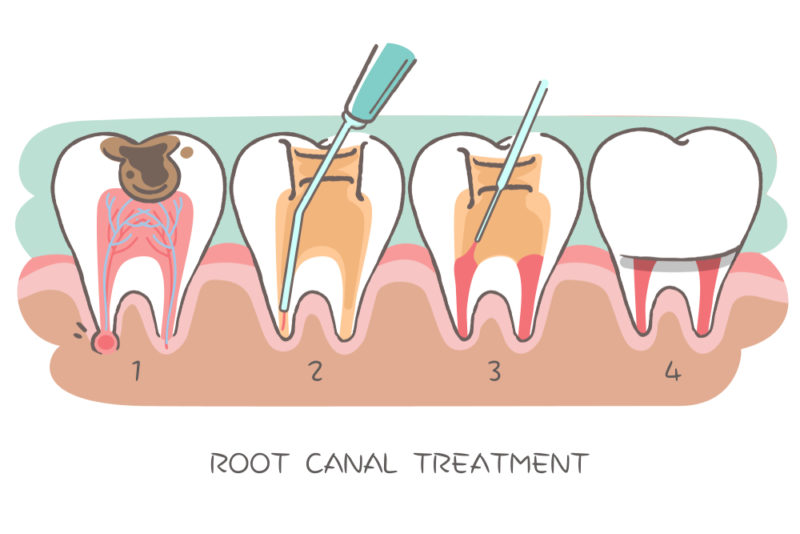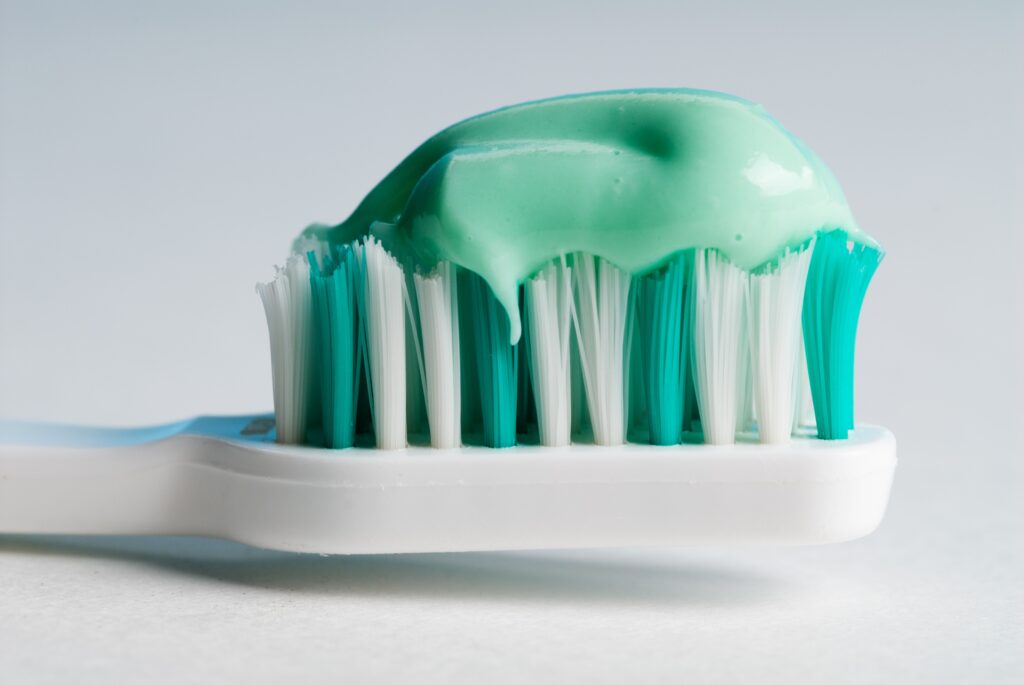Do you need a root canal? Root canals often get a bad rap, but they are more common than you think! To prepare yourself, learn what you can about endodontic therapy before and during your dental visit. We can help!
Here’s what you need to know about root canals.
What Is a Root Canal?
A root canal is a natural, pulp-filled area at the root of the tooth. During root canal treatment (also known as endodontic therapy), your dentist removes the nerve and pulp of your tooth and cleans it out. Once this is done, the tooth is sealed.
When Is a Root Canal Done?
When a tooth is badly decayed or infected, a root canal may be the best way to save it and prevent the infection from spreading to surrounding teeth.
Where Is a Root Canal Treated on a Tooth?
There are three “sections” of teeth where root canal treatments are used:
- Front Teeth (Anterior)
- Side Teeth (Bicuspid)
- Back Teeth (Molar)
The larger the tooth, the more “root canals” it has, which is why some people may need multiple root canal treatments on their back teeth. Larger teeth have a higher number of root canals and thus greater potential for infection.
Front Teeth
Front teeth usually have a single root containing one root canal.
Back Teeth
Back teeth usually have two or three roots, each containing either one or two root canals. Therefore, the farther back in the mouth the tooth is, the more work that needs to be done per tooth. Consequently, this makes root canals more expensive on back teeth than on front teeth.
How Do Root Canals Work (Root Canal Process)?
Steps of root canal treatment include:
- Dental X-Rays
- Local Anesthesia
- Remove Bacteria and Decay
- Seal the Tooth
- Place the Crown
1. Dental X-Rays
Dentists use dental x-rays to see the shape of the root canals and determine if there are any signs of infection.
2. Local Anesthesia
Local anesthesia is used to numb the area near the tooth. It may not always be necessary since the nerve is already dead, but dentists often anesthetize the area to make patients feel more relaxed.
3. Remove Bacteria and Decay
Bacteria and decayed nerve tissue is removed from the tooth after an access hole is drilled into the tooth and pulp.
4. Seal the Tooth
Your dentist decides to either seal the tooth that day or put medication in the hole and wait a few days for the medication to heal the tooth.
5. Place the Crown (optional)
The tooth may or may not need a dental crown after the root canal to further secure it.
What Questions Should I Ask My Dentist About Root Canals?
Before getting a root canal, ask your general dentist these questions:
- Will the procedure be done by you (the general dentist) or a dental specialist (an endodontist)? This informs both cost and process. According to the Careington Care 500 price list, the savings on a root canal at a general dentist is typically 50% off or higher. The industry average savings at a specialist using a retail dental plan is typically 20-25% off the specialist’s rates. Unfortunately, with any plan, specialists do not come down in their prices as much as general dentists.
- Do you think the tooth will need a dental crown placed on it after the root canal is completed to stabilize the tooth? Depending on the type of tooth and the reason for getting a root canal, the dentist may want to put a crown on the tooth. However, this is not always needed.
- Will I need follow-up appointments to monitor the tooth after the root canal is completed? If so, what will those appointments look like?
- How much pain is normal after a root canal? Should I be experiencing any pain?
- Are there other questions that I should be asking that I might not know to ask?
For more information on root canal costs and reasons you might need a root canal, check out our low-cost root canal article or start saving today with a dental savings plan.








Hi Natasha,
I really enjoyed this post.
This article provides a clear overview of root canals, explaining when they’re needed, how they work, and the differences between front and back teeth. It outlines the process step-by-step and suggests key questions to ask your dentist about the procedure and costs. It also mentions the potential need for a crown afterward and highlights pain management and follow-up considerations. For a thorough guide on root canal aftercare and how to ensure your tooth heals properly, explore our detailed tips and recommendations. Whether you’re already in recovery or planning your procedure, these insights will help you navigate your recovery with confidence. rootcanalinsights.blogspot.com/